Domestic cats, or Felis catus, have charmed their way into human homes for thousands of years. Despite the close bond that many cat owners feel with their feline friends, these creatures retain a strong connection to their wild ancestors. This article explores why domestic cats are more wild than we might assume, delving into their genetics, behaviors, and instincts.
A Brief History of Cat Domestication
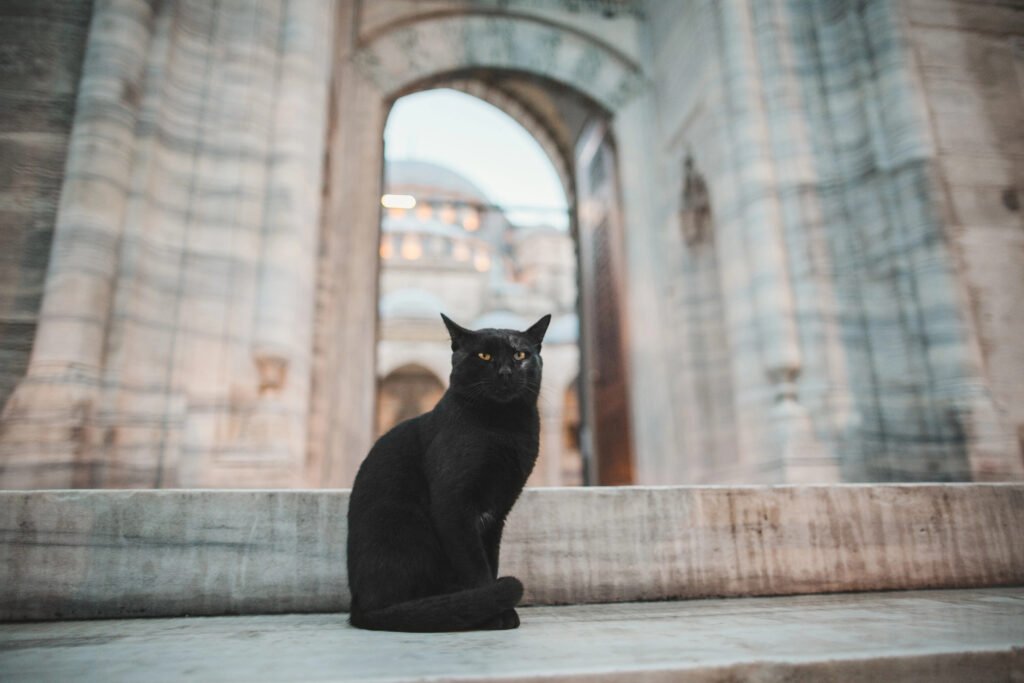
The domestication of cats began around 9,000 years ago in the Near East, where wildcats were drawn to human settlements due to the abundance of rodents. This symbiotic relationship laid the groundwork for domestication, but unlike dogs, cats have undergone minimal genetic change from their wild counterparts.
The Feline Family Tree
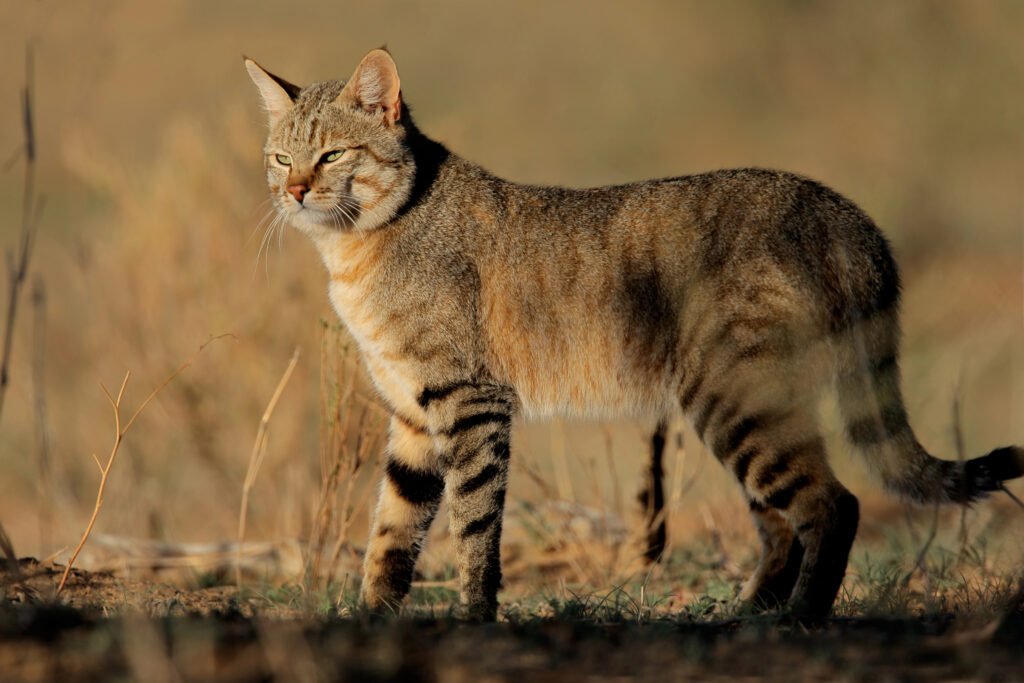
Domestic cats share a common ancestor with the African wildcat, Felis silvestris lybica. This genetic lineage explains many behavioral traits in modern house cats that are more reminiscent of their feral cousins than domesticated animals.
Instincts from the Wild
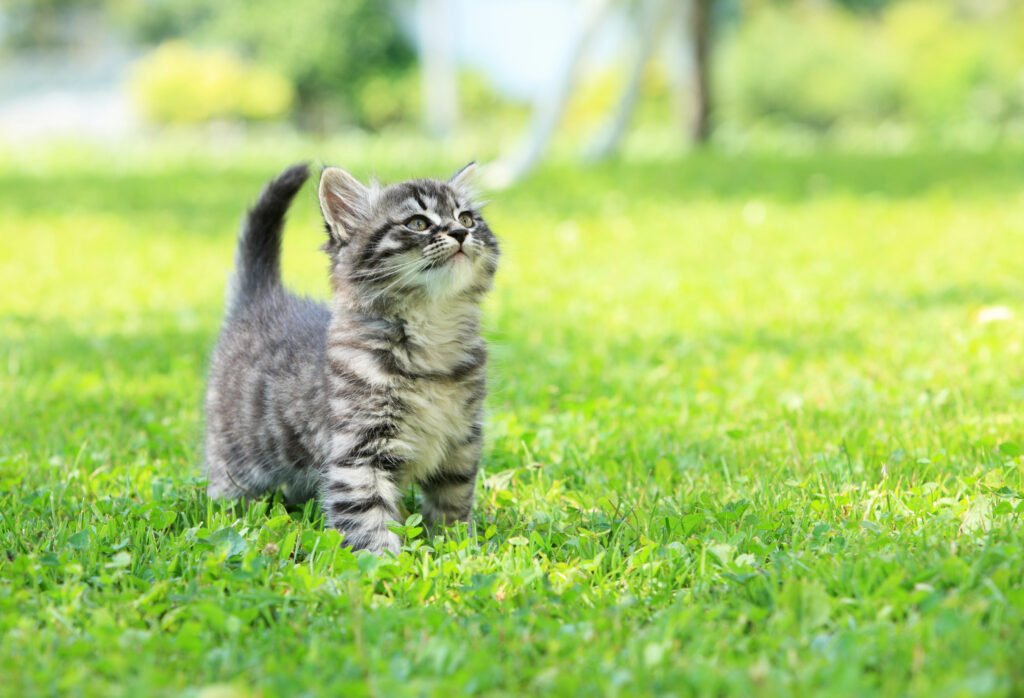
Cats are natural hunters. Whether they’re chasing laser pointers or live prey, their predatory instincts are hardwired. These hunting skills are a legacy from the wildcats, and they manifest even when a cat’s survival does not depend on capturing food.
Territorial Tendencies

Cats are inherently territorial animals. In the wild, they establish and defend territories, and this behavior carries over into domesticated settings. This is why cats often rub against objects and people, marking their territory with scent glands located in their cheeks and paws.
The Solitary Nature of Cats

While many domestic animals thrive in groups, cats are solitary by nature. In the wild, their social structures are minimal compared to those of pack animals like dogs. This can explain the independent streak often observed in pet cats.
Masterful Groomers

Cats spend a significant portion of their waking hours grooming, a behavior they share with wildcats. Grooming helps remove parasites, clean their fur, and acts as a form of stress relief, mirroring the self-sufficient lifestyle of their ancestors.
Survival Instincts
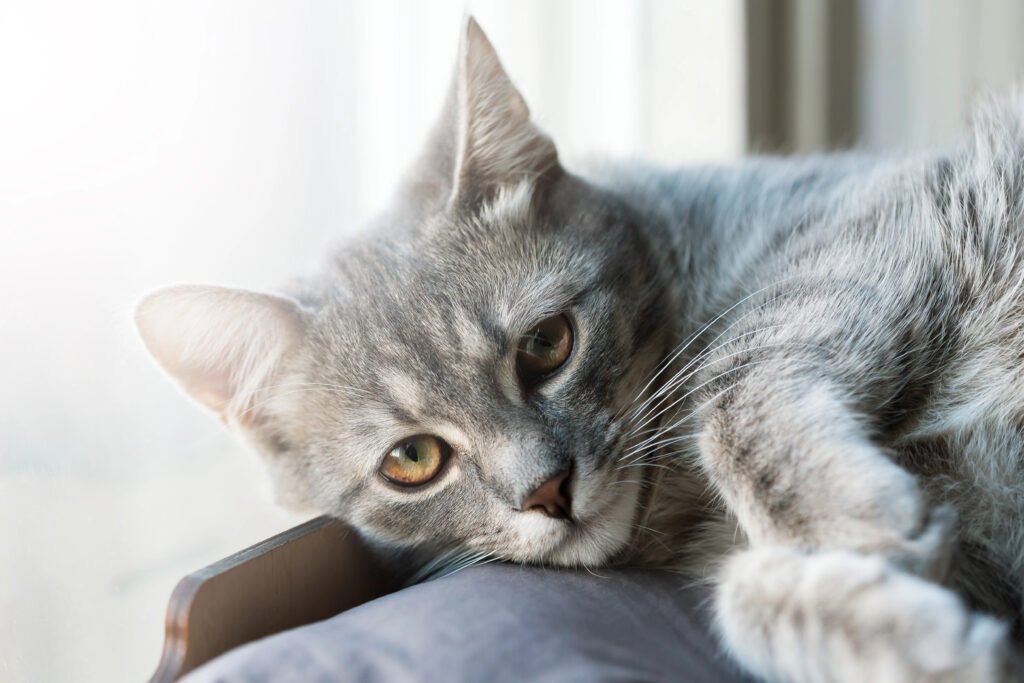
Even well-fed domestic cats will exhibit food caching behaviors, such as trying to cover uneaten food with scraps of paper or other objects. This instinctive behavior mimics the survival tactics of wildcats that cache food to consume later.
Nocturnal Ninja: Cat’s Nighttime Activities

Many cat owners notice their pets getting a burst of energy at night. This nocturnal behavior is a vestige of wild habits, as twilight hours were prime hunting periods for felines in the wild.
Communication through Body Language
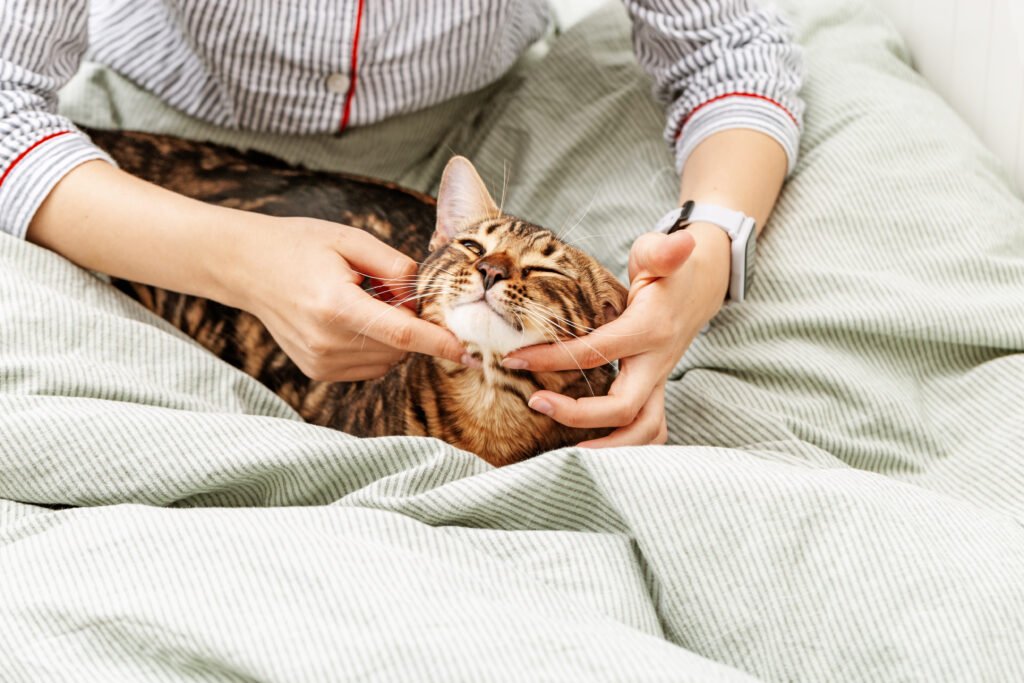
Wildcats rely heavily on body language, and this trait persists in domestic cats. From tail flicks to ear twitches, much of what your cat is telling you is inherited from their wild progenitors’ silent communication methods.
Selective Breeding and Natural Retention

While selective breeding has altered certain physical traits in domestic cats, behaviors have remained less affected. This means many of the destructive behaviors we find in pet cats are actually natural wildcat behaviors manifesting in a domestic setting.
The Unchanged Predatory DNA
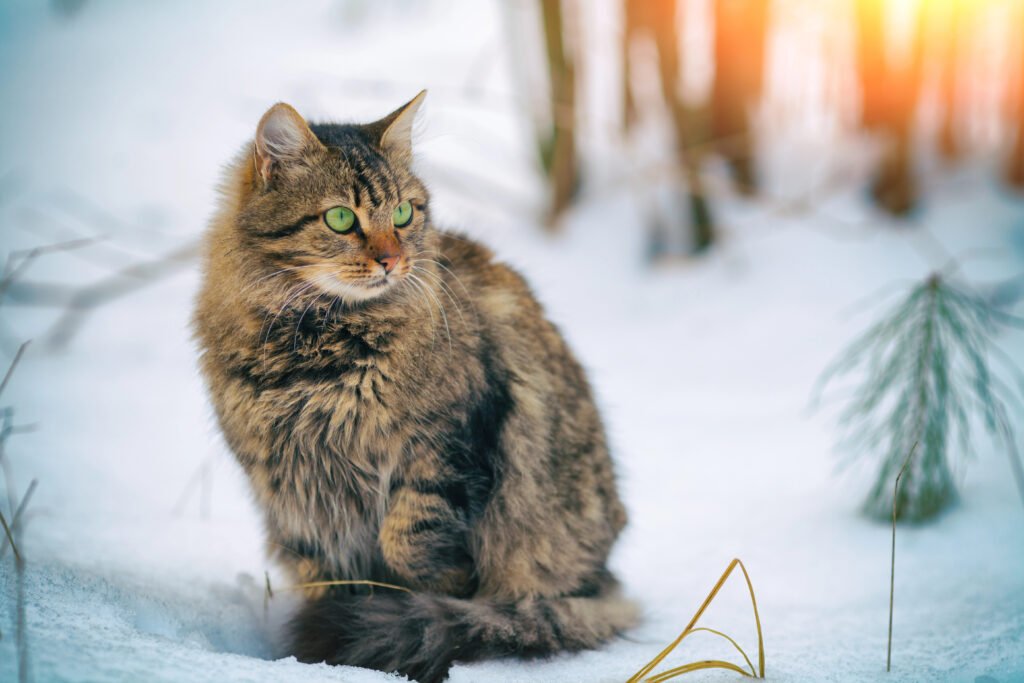
Genetically, domestic cats remain very close to wildcats. Much of their DNA shows that they have retained nearly all of the biological traits necessary to survive in the wild on their own.
Embracing the Wilderness at Home
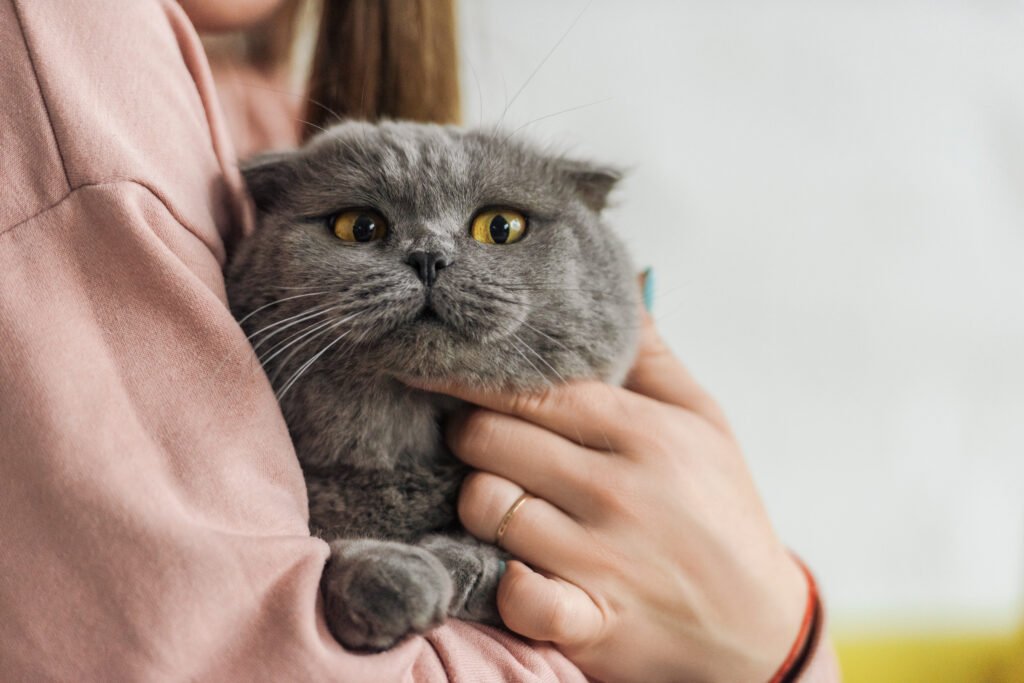
Understanding the wild instincts of domestic cats can help pet owners better appreciate their complex behaviors and needs. By fostering an environment that satisfies these innate desires, we can ensure a more harmonious relationship with these enchanting, untamed companions.

Born and bred in South Africa, a Capetonian at heart. Amy-Leigh’s love for nature and animals was inherited from her Dad. He loves taking the family on road trips to experience nature at its finest; Amy-Leigh’s favourite being whale watching in Hermanus and spotting Kudu along the West Coast. Amy-Leigh holds a BA in English Literature and Communication Studies.






